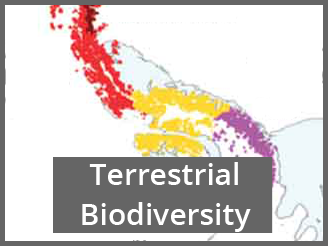 Many aspects of science are linked to understanding the reasons why particular species exist in specific ecological niches. The Antarctic and subantarctic contain some of the most extreme ecological niches on this planet. To help address this type of question, the Australian Antarctic Data Centre (AADC) has developed a terrestrial biodiversity database.
Many aspects of science are linked to understanding the reasons why particular species exist in specific ecological niches. The Antarctic and subantarctic contain some of the most extreme ecological niches on this planet. To help address this type of question, the Australian Antarctic Data Centre (AADC) has developed a terrestrial biodiversity database.
The online database captures all recorded species observations and their locations from the Antarctic and subantarctic. It also holds a reference set of all terrestrial and freshwater taxa for all regions below 45° south latitude. This biodiversity website contains information on taxonomy, collections and observations, bioregions, and alien species. Much of this information is harvested for inclusion into global biodiversity databases, which are also outlined on the website.
Taxonomy
Species names are the key to linking multiple observations and/or specimens. Searching by specific taxa, by taxonomic rank (kingdom to species) or by the person who named the species is possible. Taxonomic synonyms can also be used in search criteria. Once particular taxa have been found, you can view:
- which collections it is a part of;
- a map of the current observations or specimen locations can be displayed; and
- images of specimens (where available).
Collections and Observations
Researchers acquire specimens or observations from a wide variety of research activities and field campaigns. Each set is arbitrarily called a collection and contains details of the collector, taxonomic groups, spatial and temporal extents and links to one or more metadata records. You can select part or all of a collection for download into HTML, Excel, Word or KML (Google Earth) formats. Some of the Australian-owned collections are published to external data aggregators.
For further information see the AADC website. For marine biodiversity data see biodiversity.aq.
Contact details for the Biodiversity Database.
